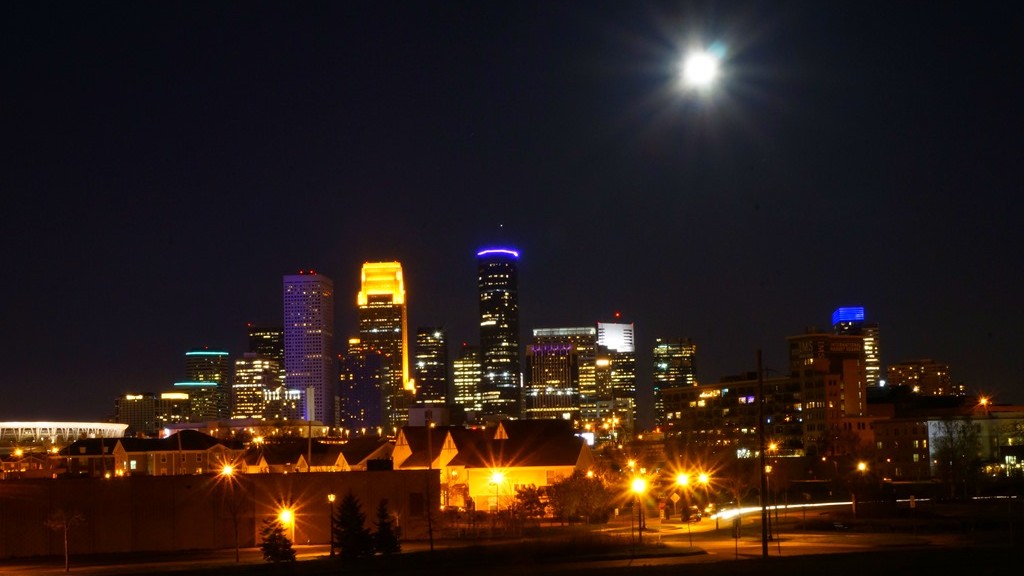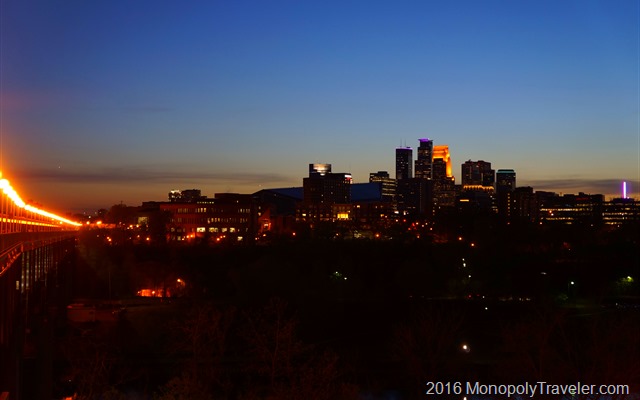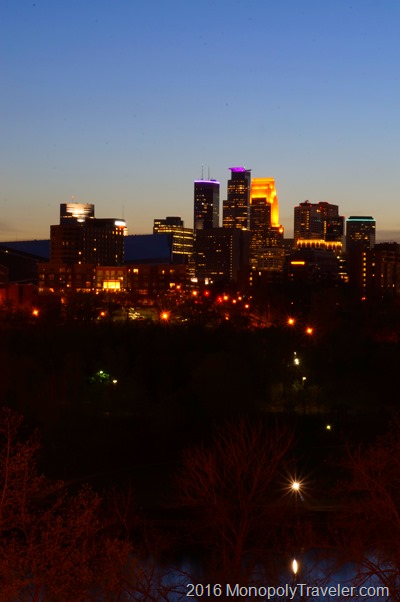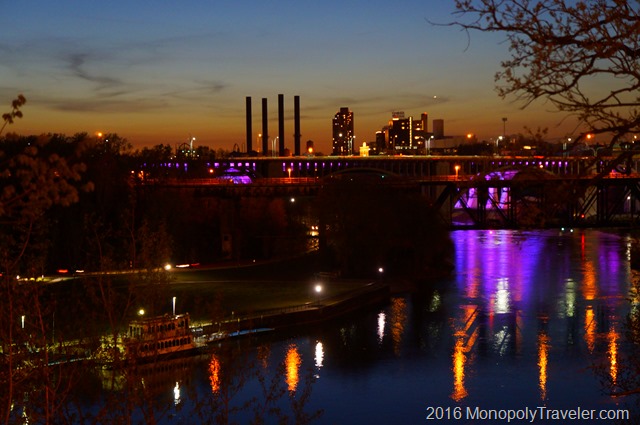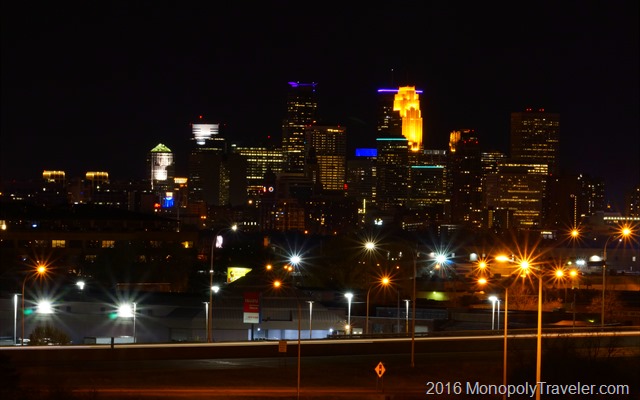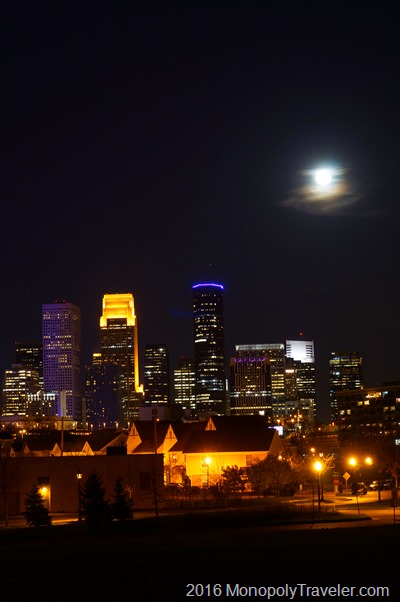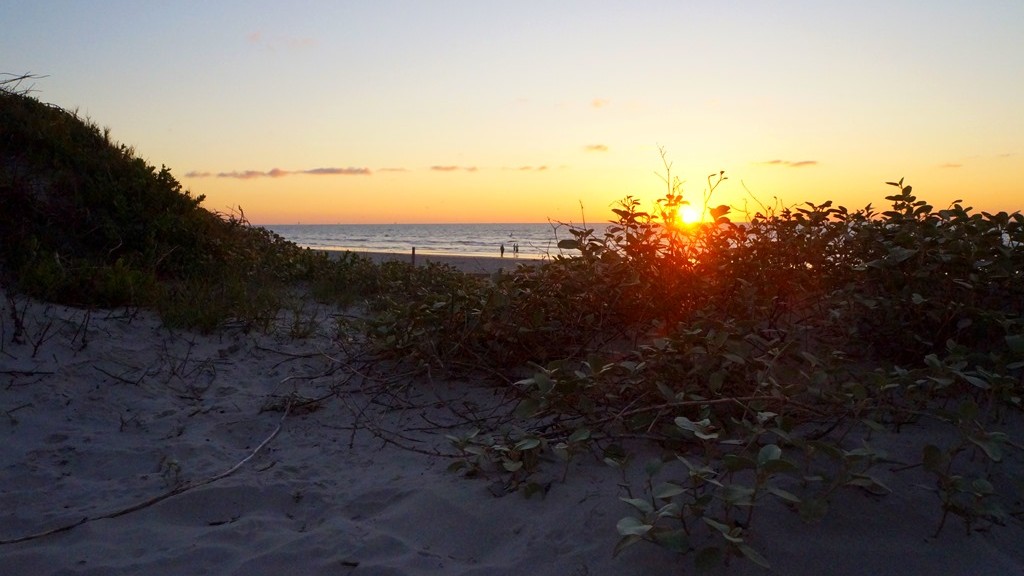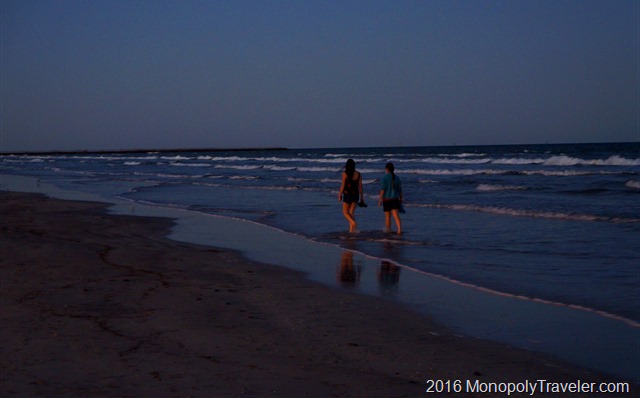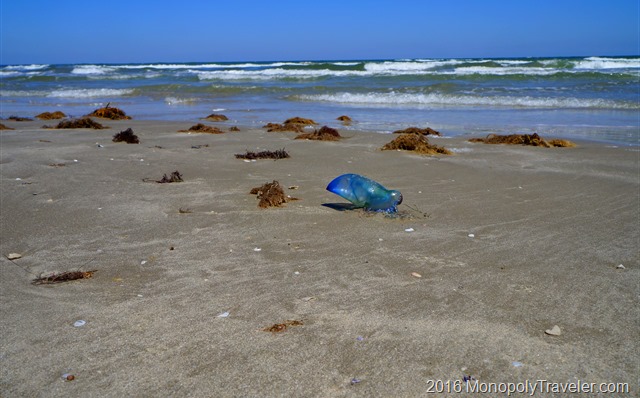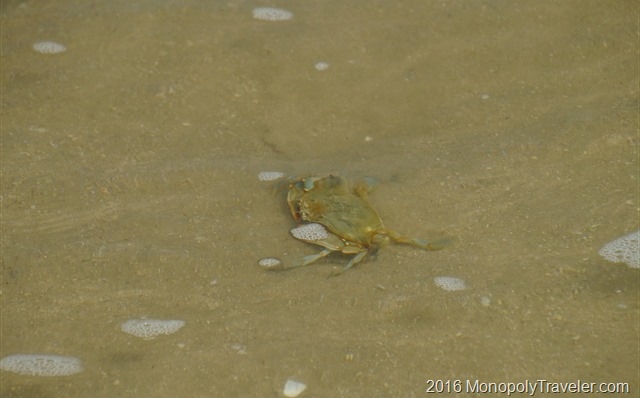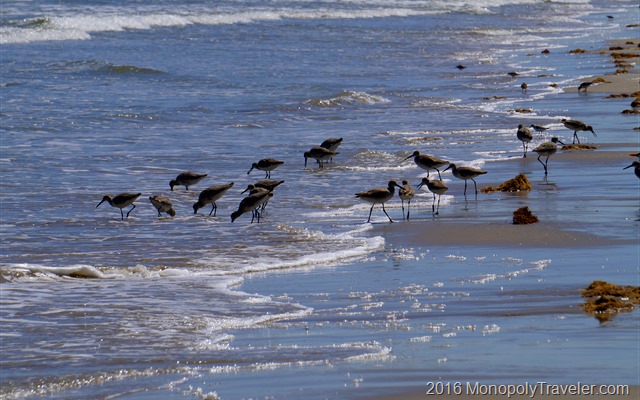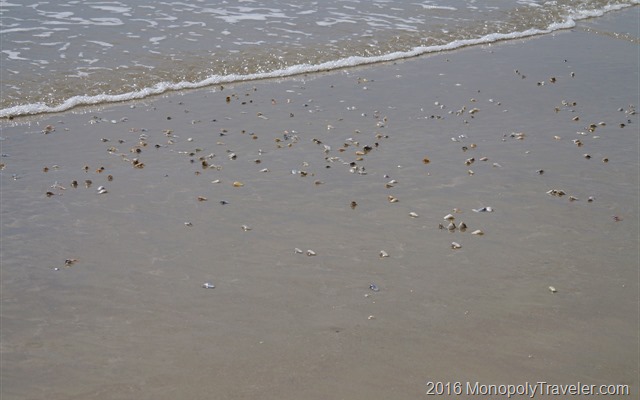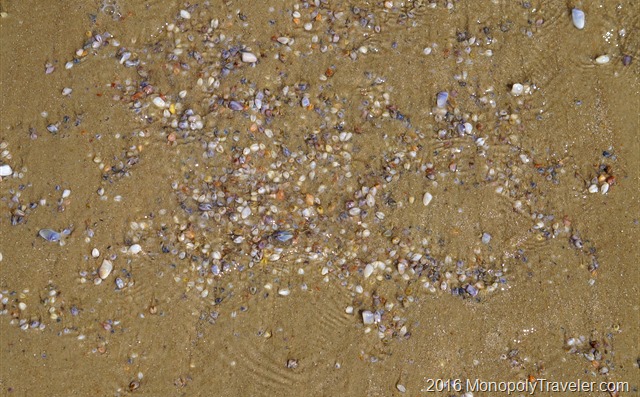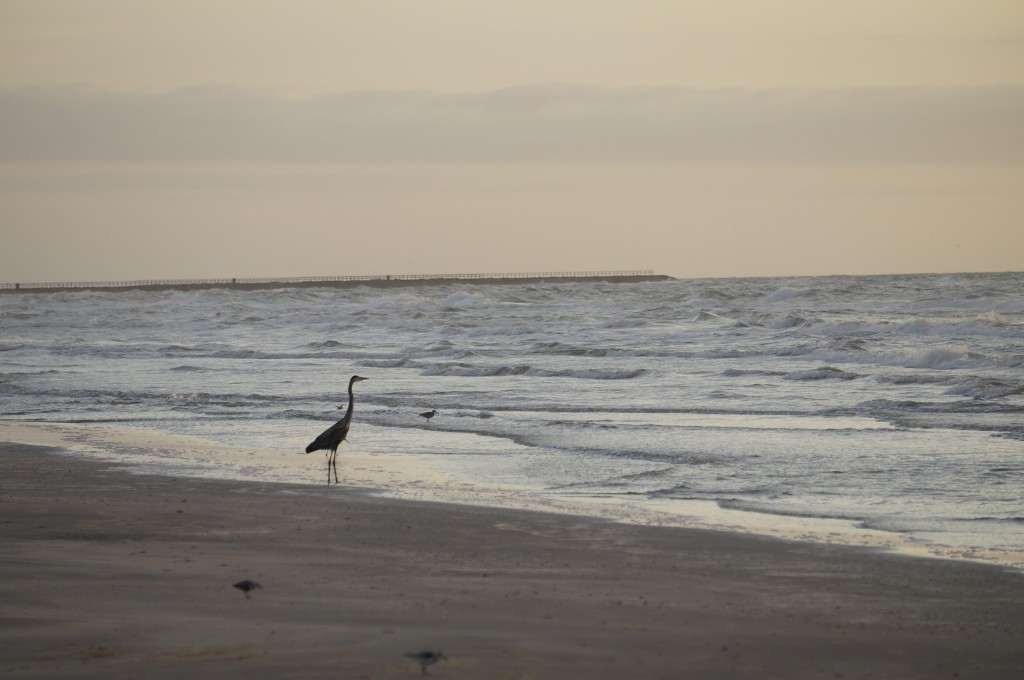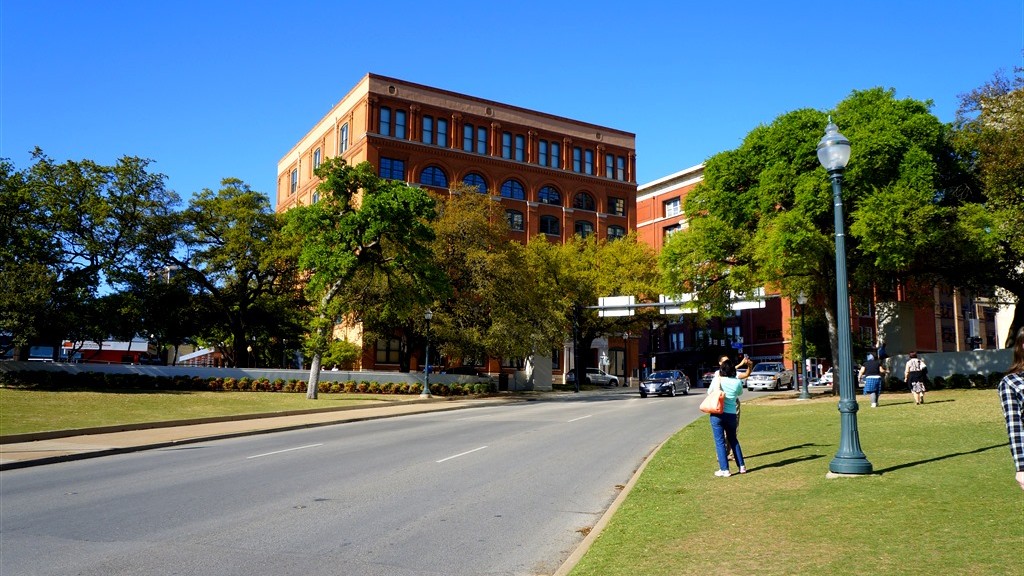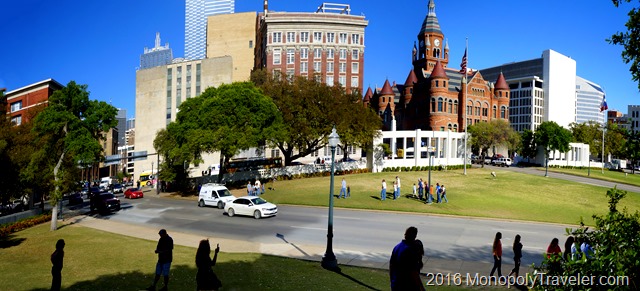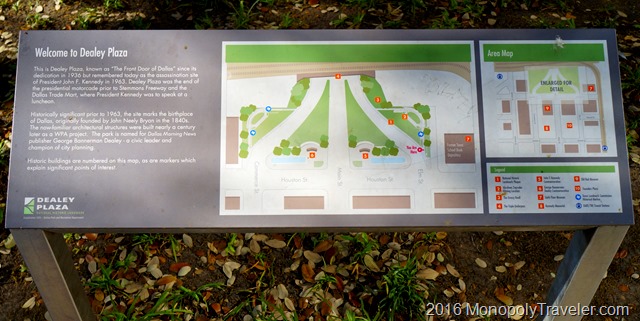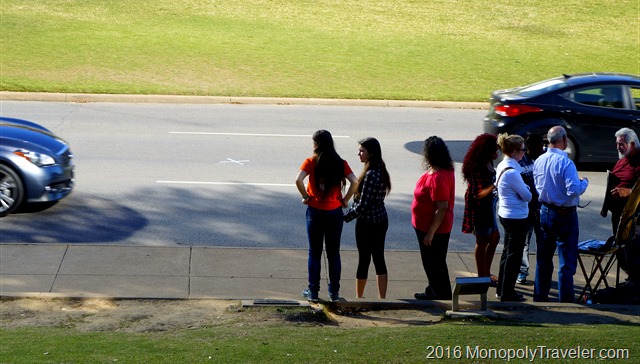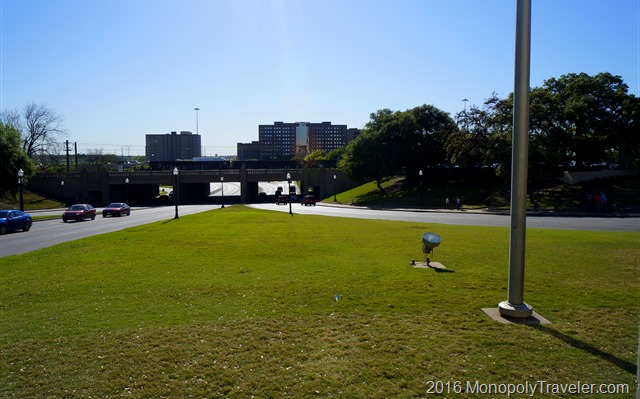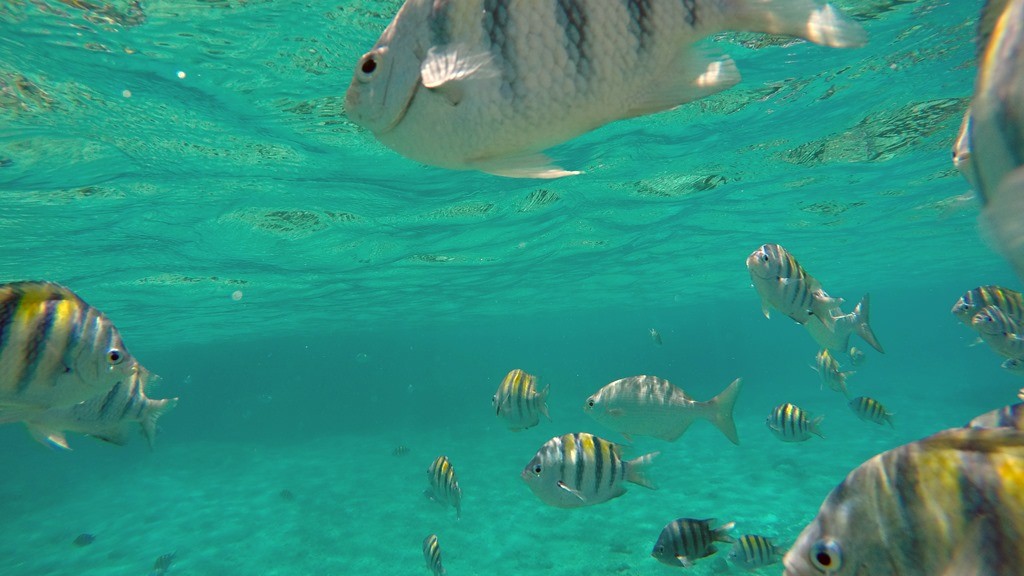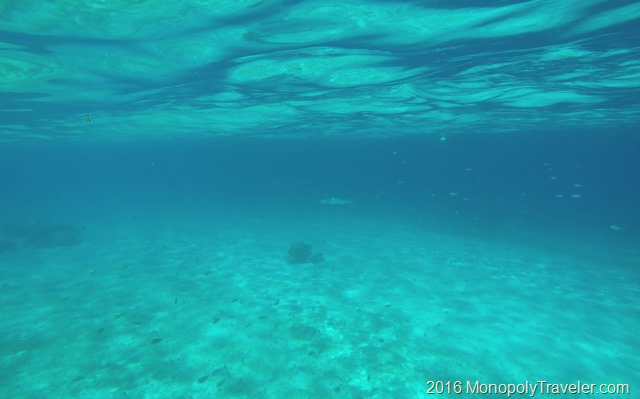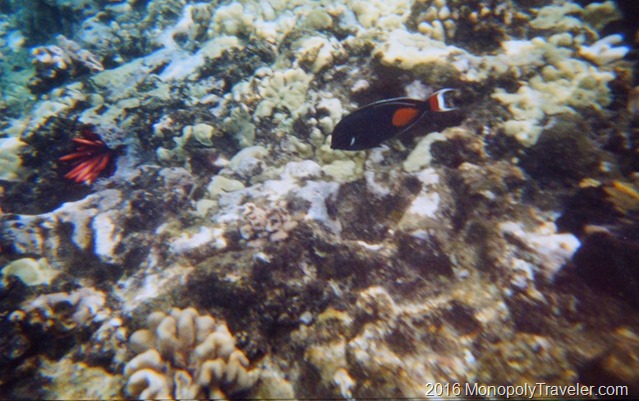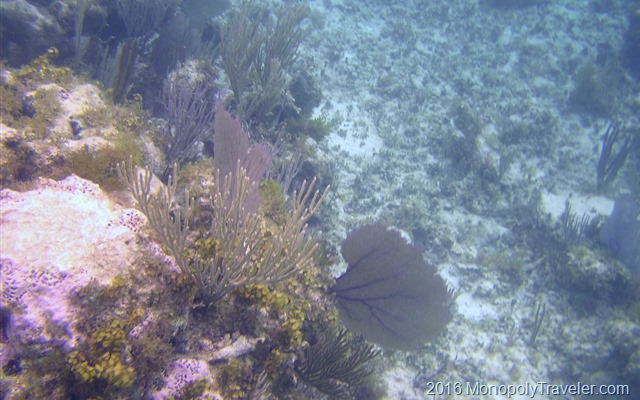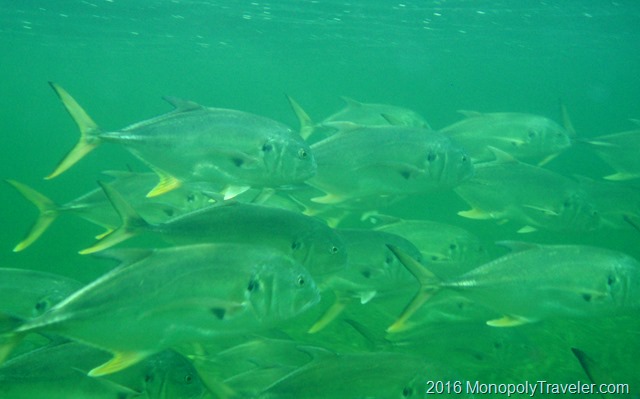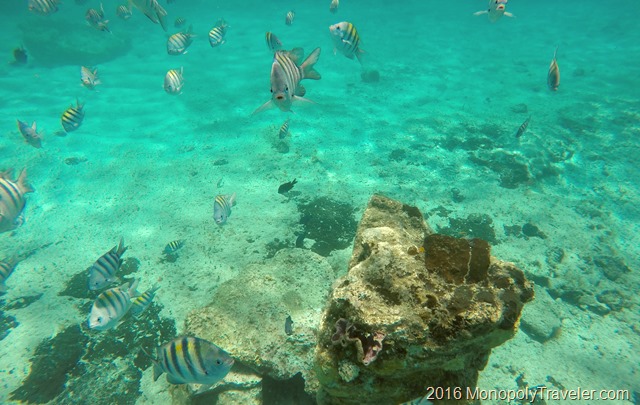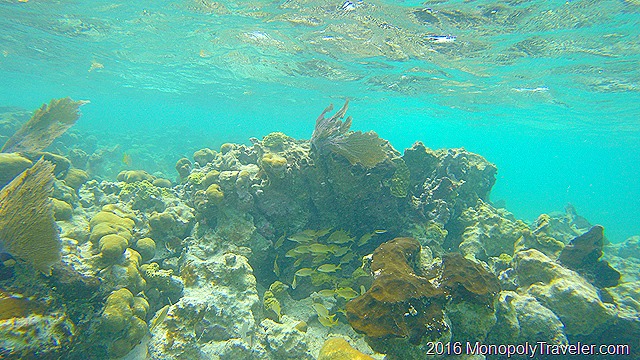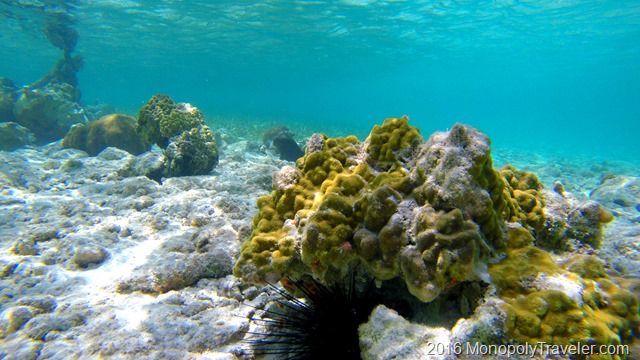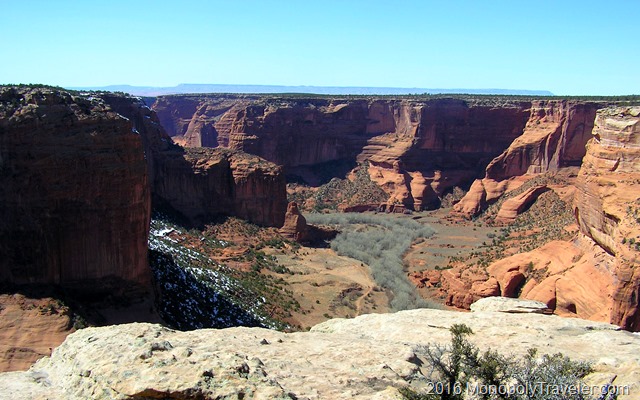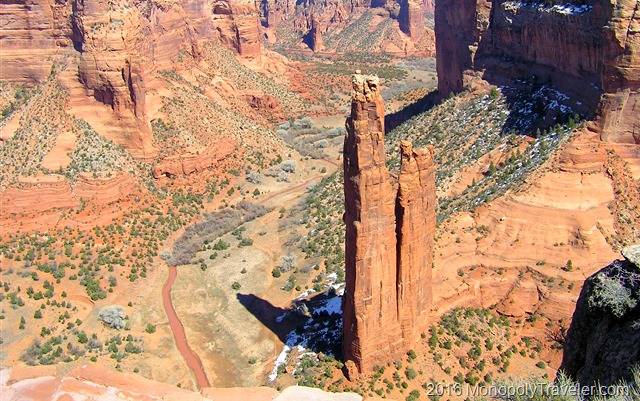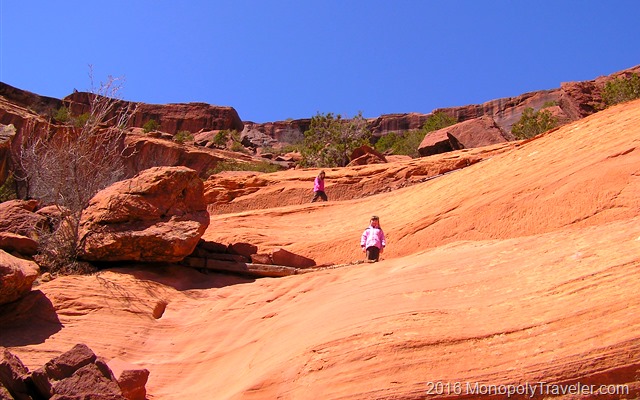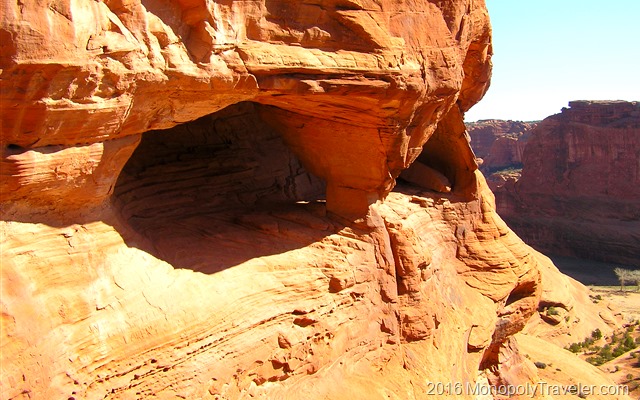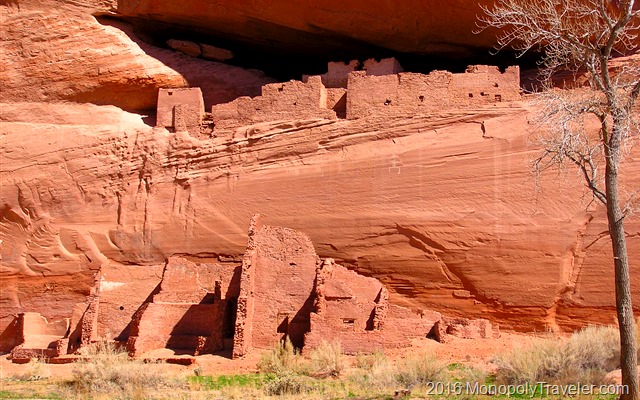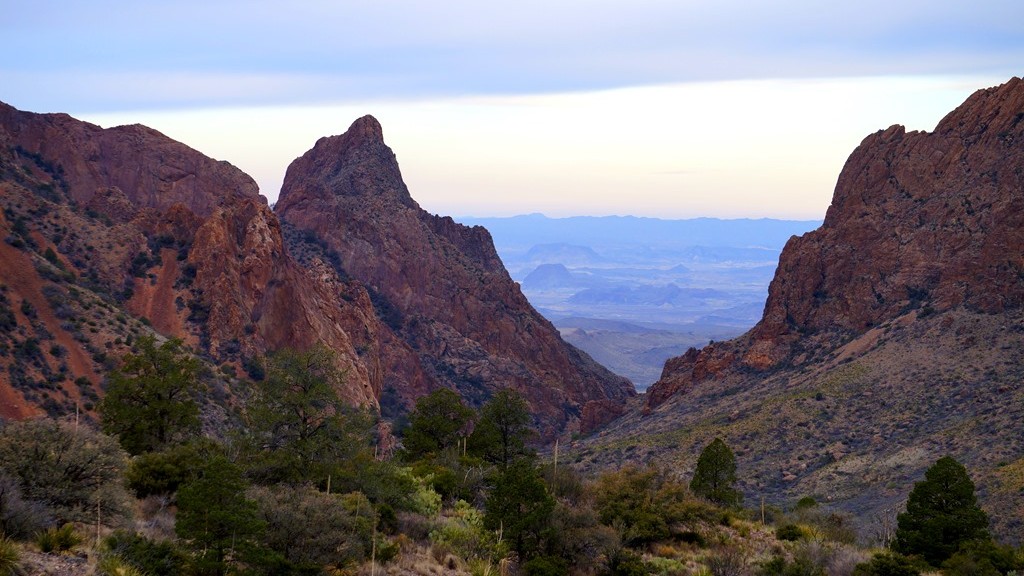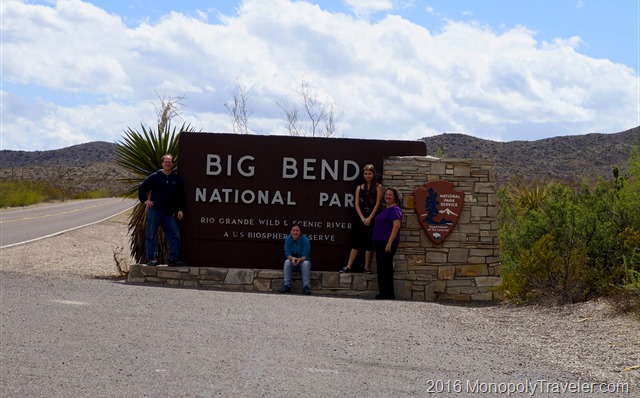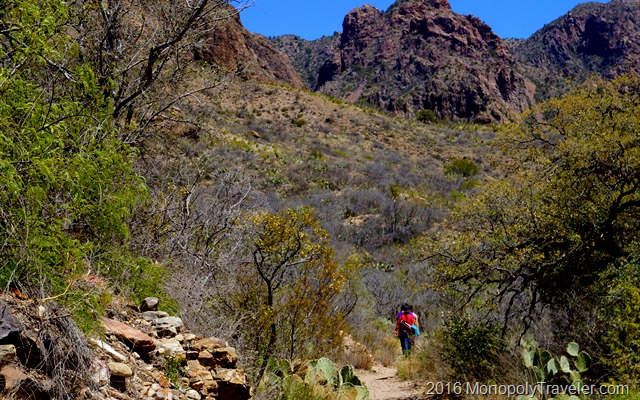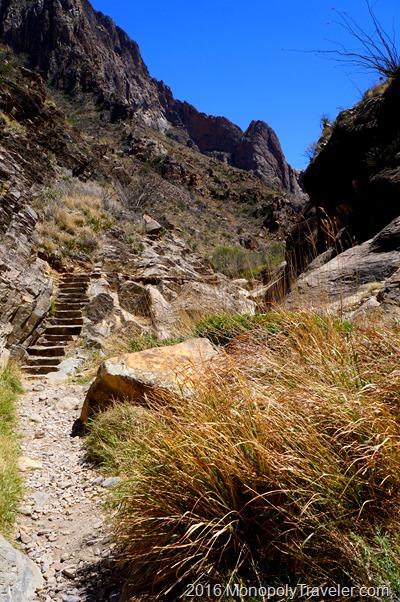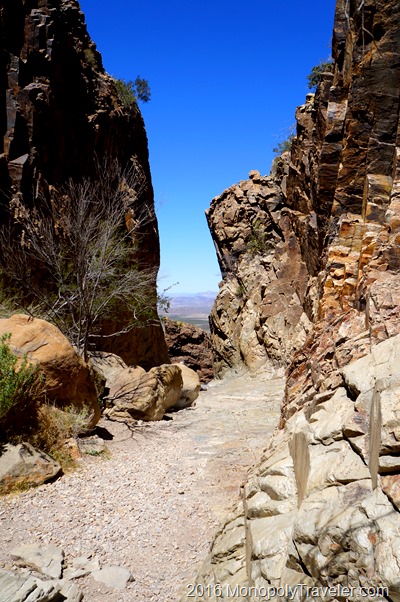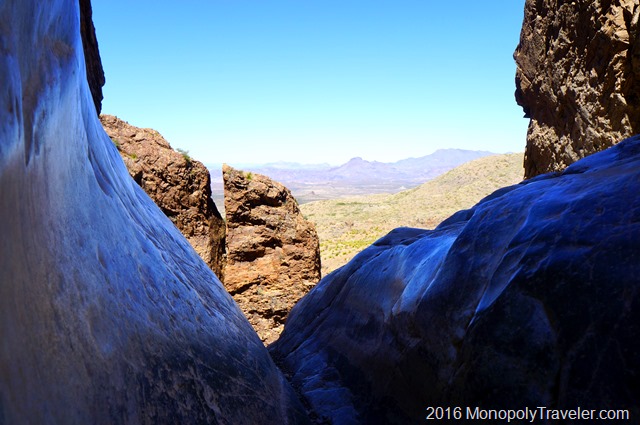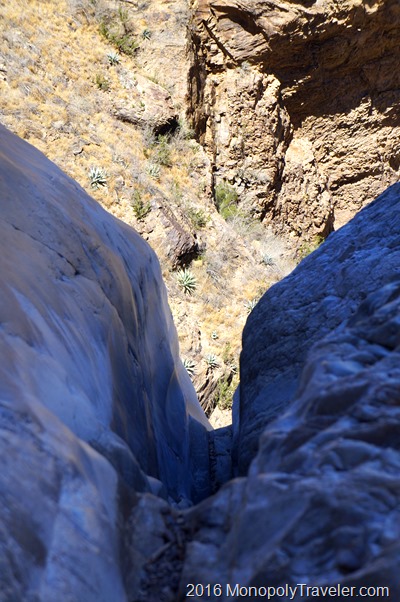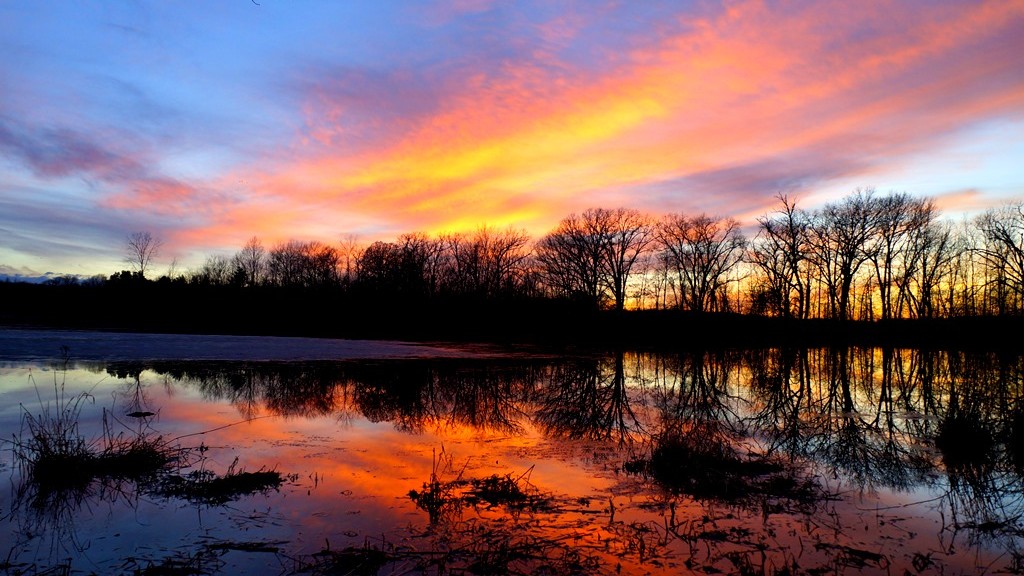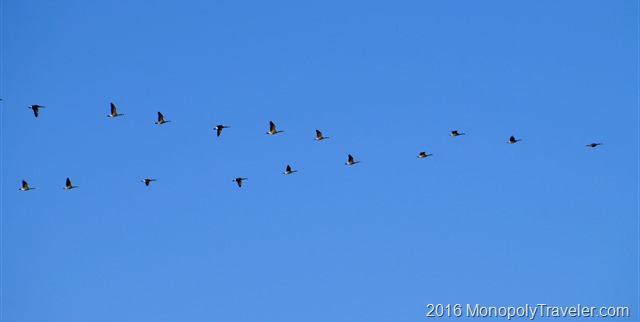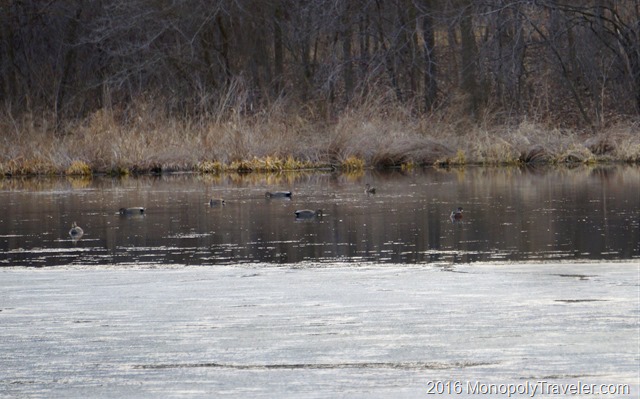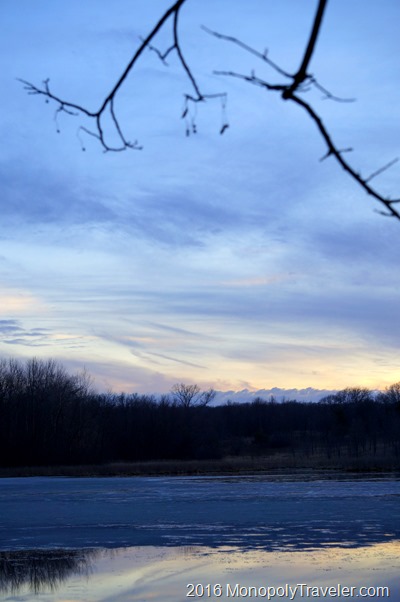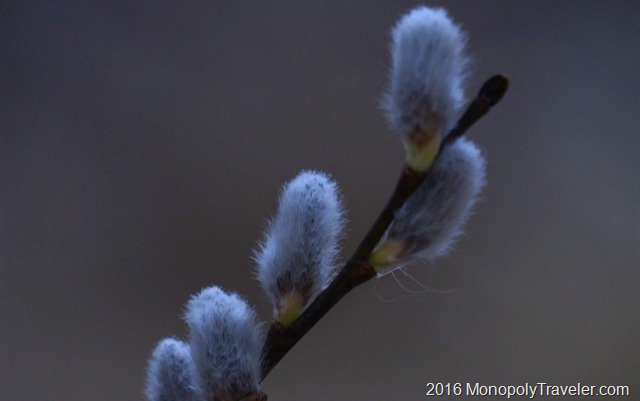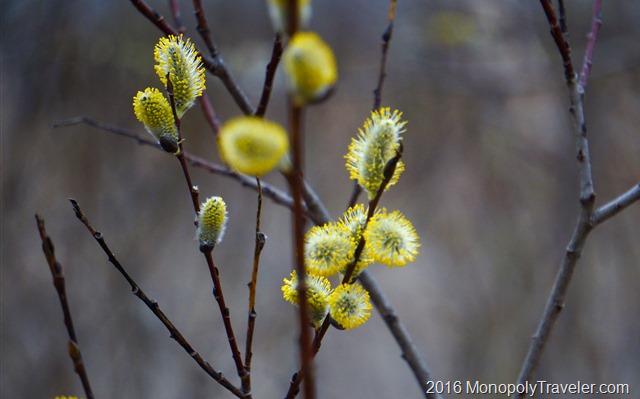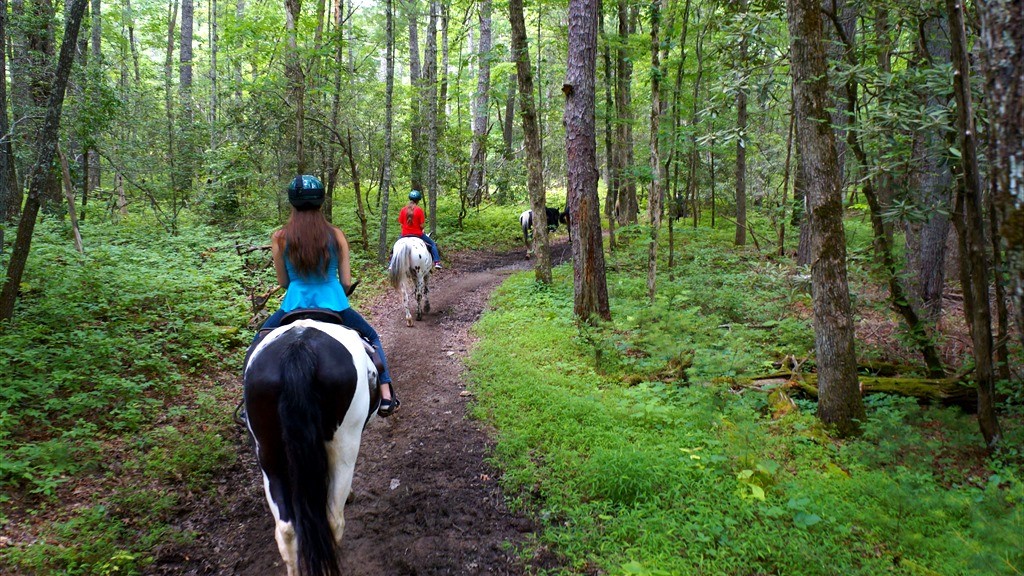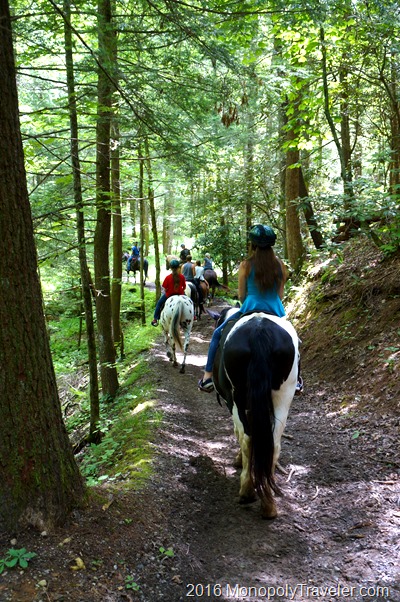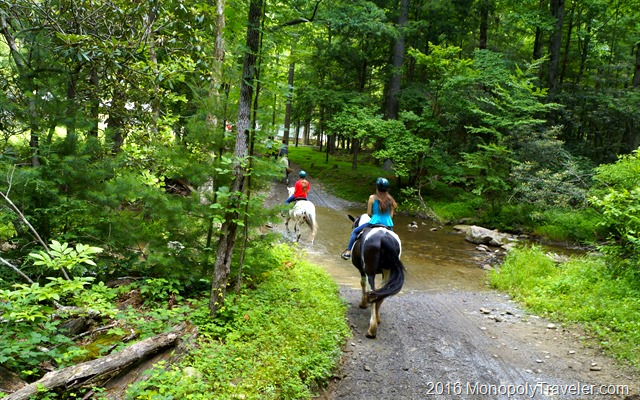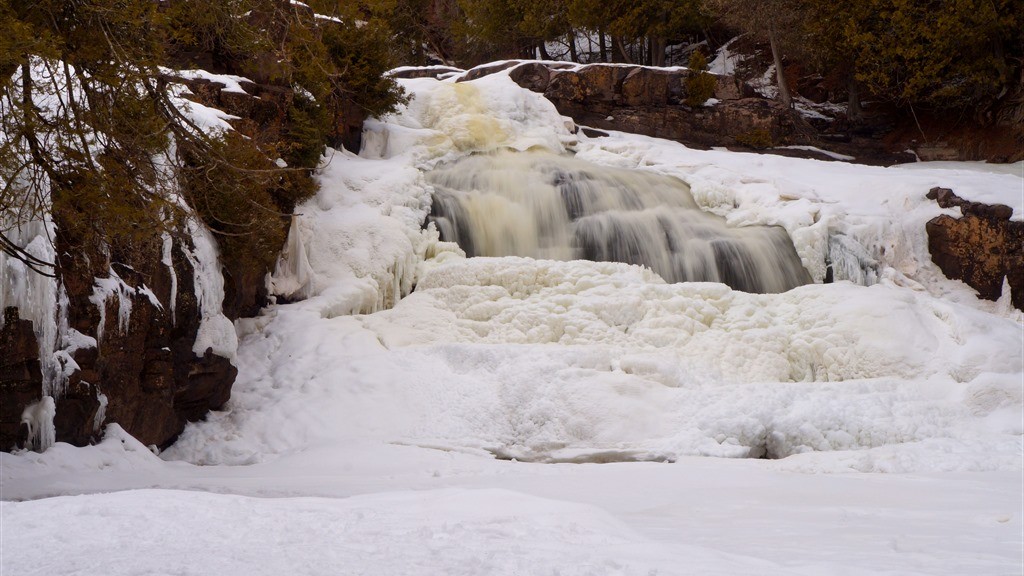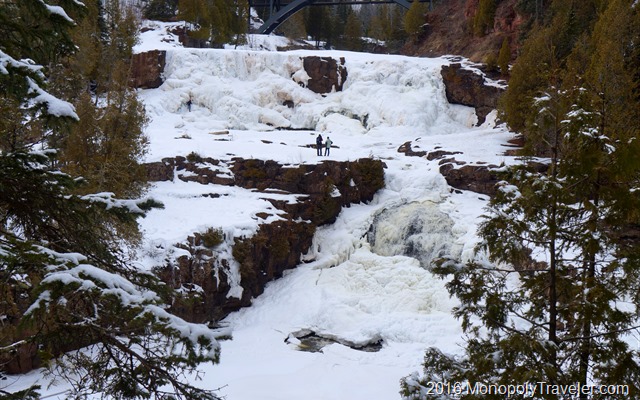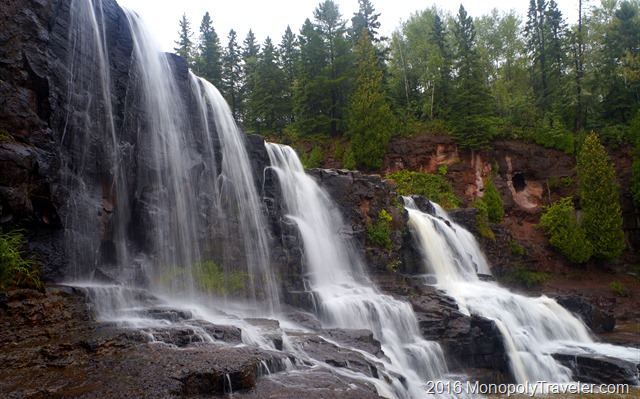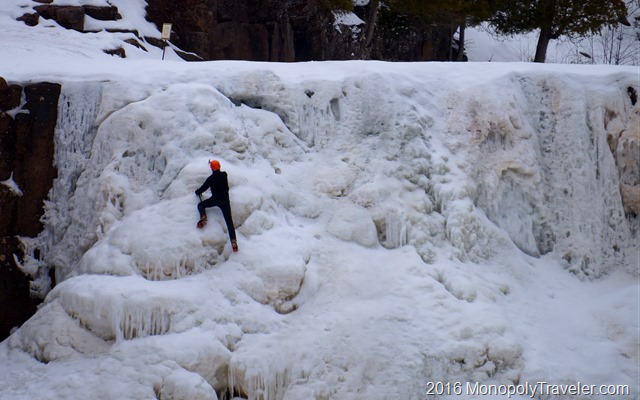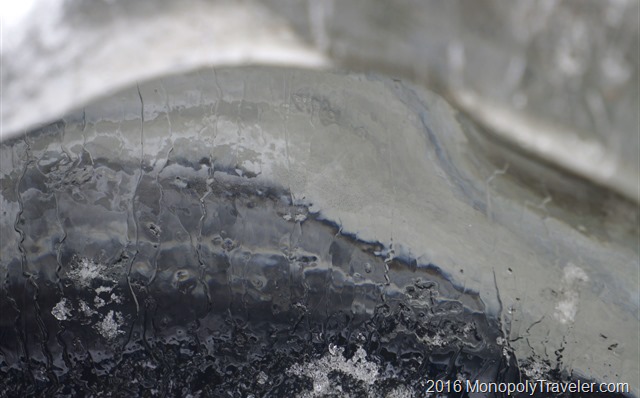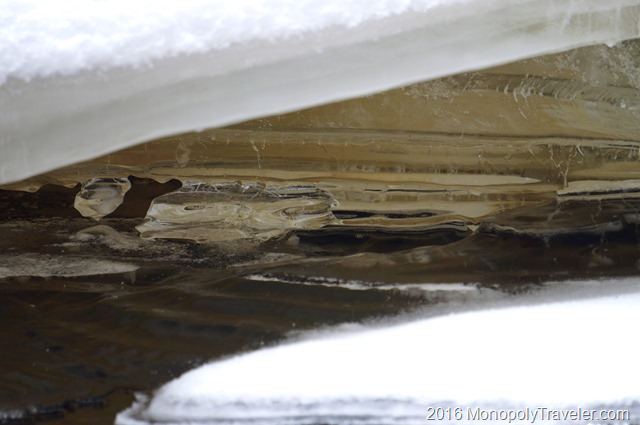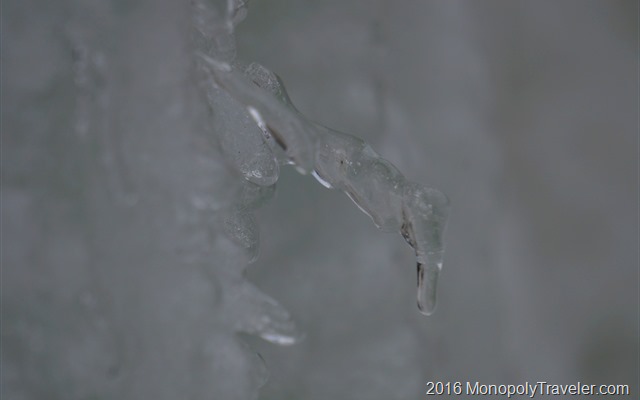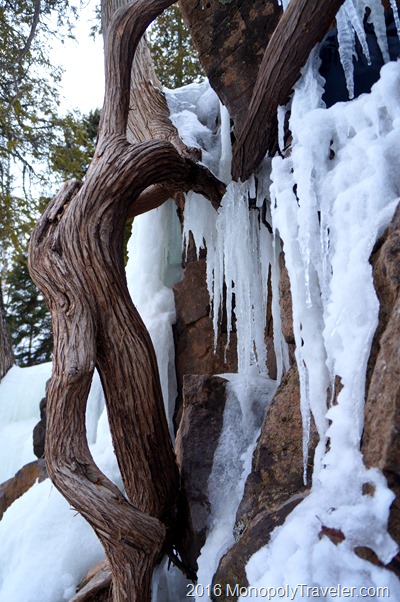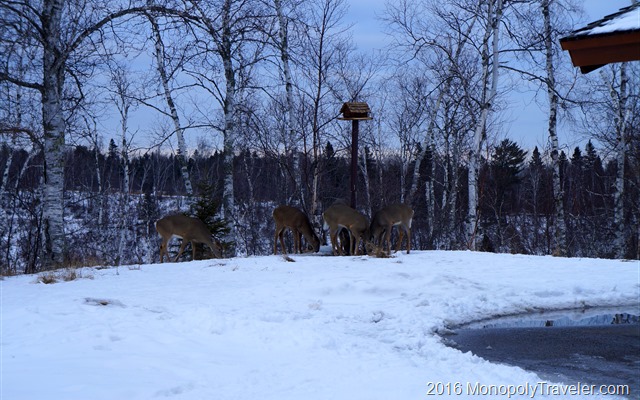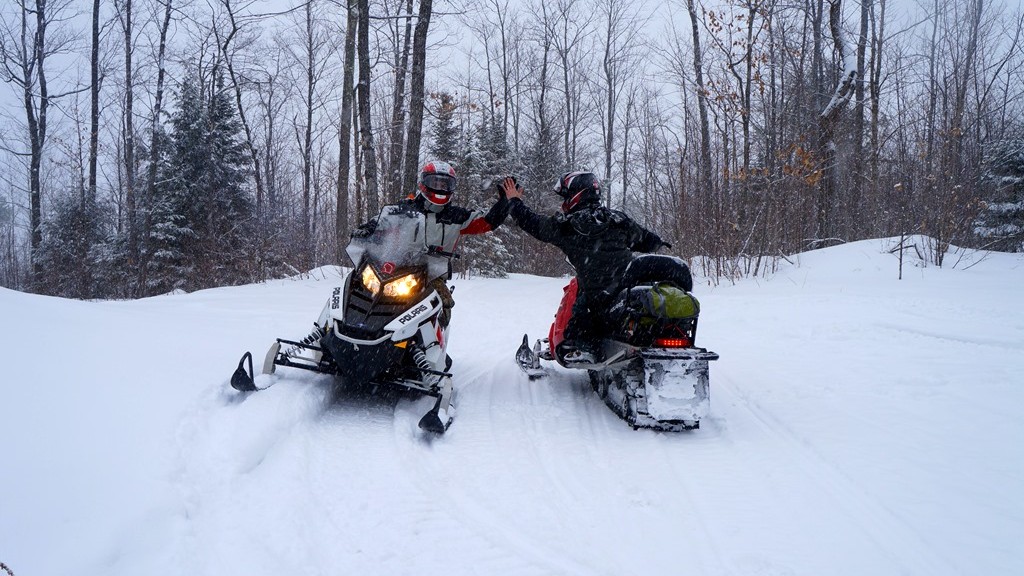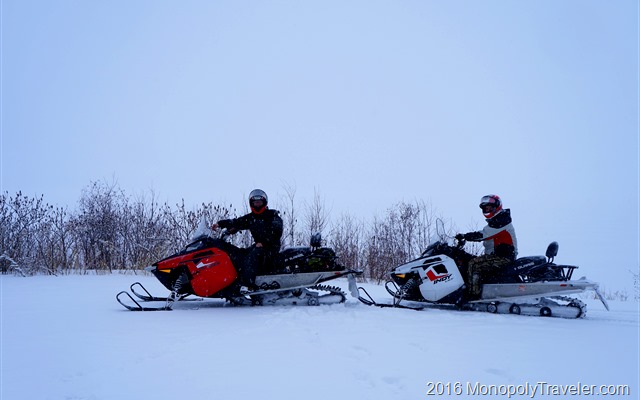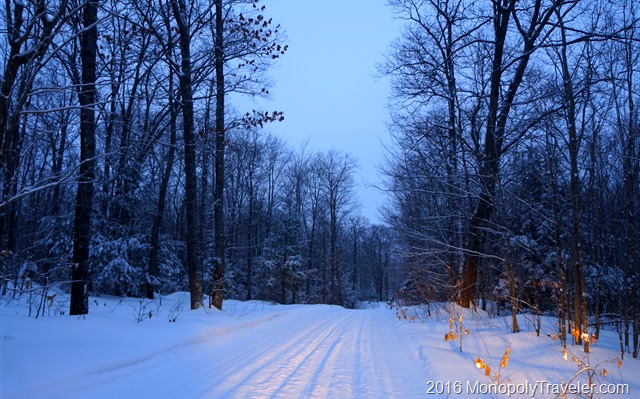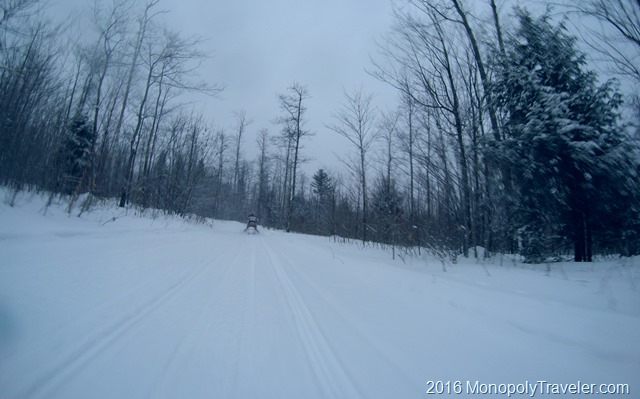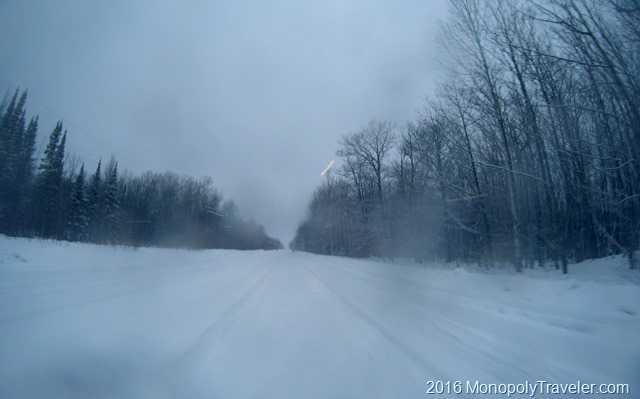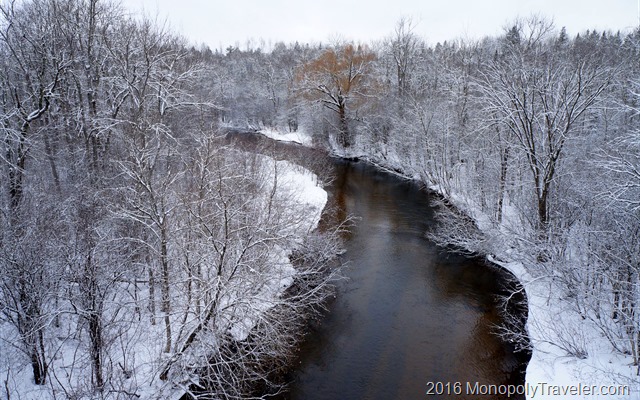It’s been several weeks now since the passing of Prince and many of the tributes are now over. Over the past several weeks I’ve talked to a number of people and listened to their stories regarding interactions with him. Some who’ve met him on a more personal level, others who’ve been to some of his more intimate shows in the area, and those who’ve gone to full scale concerts. Many in his home town of Minneapolis have been affected by Prince. How many people in the world have such an effect as to be able to turn symbols around the world purple? Very few that I can think of.
While I didn’t take in those paying tribute at his recording studio Paisley Park or the well known night club First Avenue, I wanted to photograph the city he grew up in at night and what better opportunity than while it was lit up in purple? After work one evening I heading out in search of a great place to capture it all. While I didn’t fully succeed in capturing it all, I think I got some interesting pictures of Minneapolis.
The first goal was to photograph the city as the sun set behind it so I headed to a spot east and set up waiting for dark to begin falling. I was surprised to find I was not the only one taking advantage of this situation and specific location. In fact much of the night I came across others doing the same thing in the same places. Sure the opportunity for a unique picture was decreased but it was somewhat comforting to know others thought taking these night photos was a good idea also.
As the sun continued its trek below the horizon, more and more purple lights became visible in the darkening sky. Blackness continued to fill the sky over this busy city making these colorful lights stand out in places I didn’t expect. There were stories of a few buildings in downtown, and the 35W bridge, being lit up in purple but many other buildings had joined in on this night bringing an even larger tribute to Prince’s place.
After photographing in this location for a couple of hours while the last light from the sun dipped below the city I decided to try a different perspective to see if more of these colored buildings could be spotted so I drove to the north side of Minneapolis. Not much time was spent here as I couldn’t find a composition that brought out these purple accented buildings in a way I wanted so after a few pictures it was off to the west side of the city. From there, more buildings lit up in Prince’s color appeared and provided some nice opportunities with the rising moon in the background. After photographing this night cityscape for over an hour from this location, I decided it was time to call it a night and head for home and a soft pillow.

